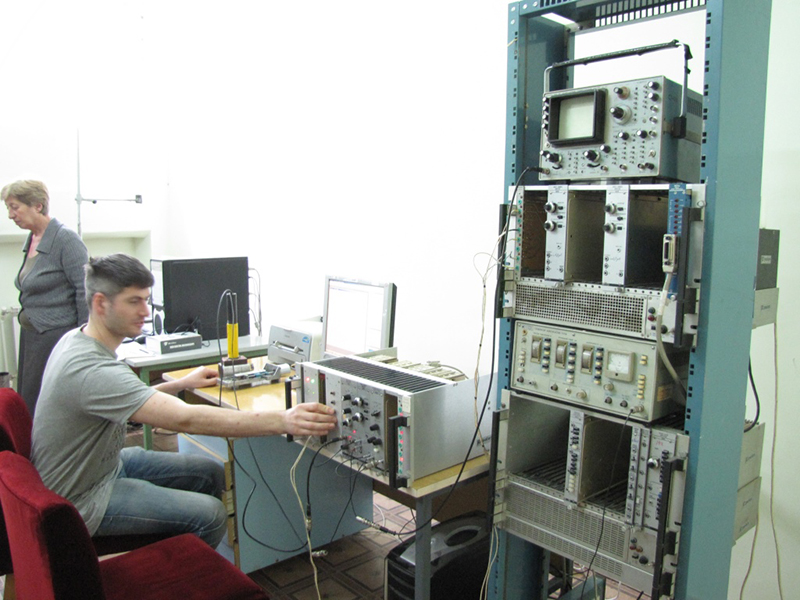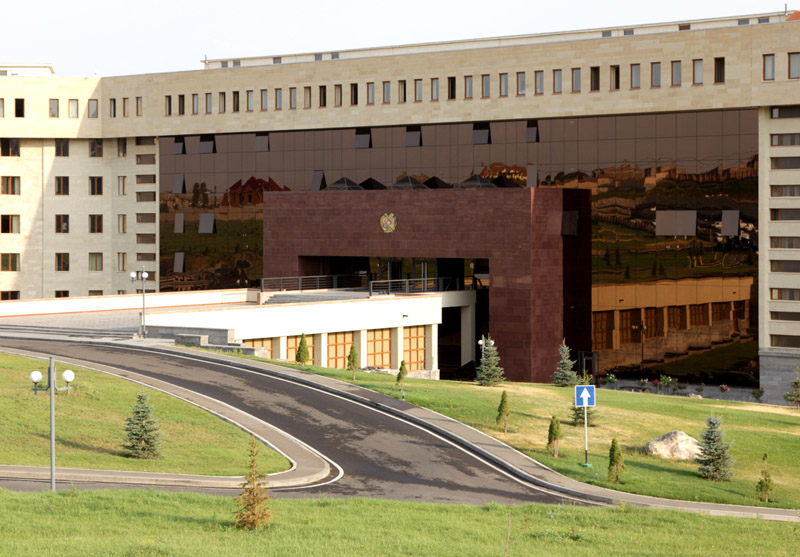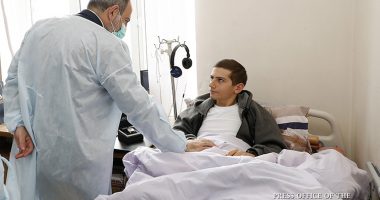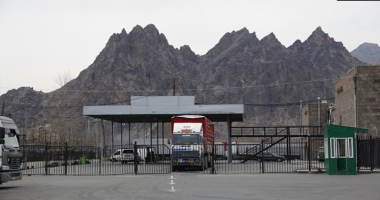YEREVAN — The International Atomic Energy Agency (IAEA) has indicated its support for the “Technetium 99m Medical Isotope Production Project” at the newly formed Medical Isotope Production Division of the Yerevan Physics Institute (YerPhI). The research and production program will use an 18 MeV (million electron-volt) proton beam of an IBAC18 cyclotron particle accelerator to be installed at a newly renovated facility of the physics institute by the end of 2014. The Technetium is produced by irradiating Molybdenum with a proton beam from the cyclotron.
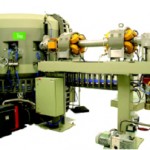

According to the Scientific Center of Radiation Medicine and Burns, Armenian Ministry of Health, the need in Armenia for the isotope 99mTe is 5,000 doses per year. Due to its rapid decay, and due to the fact that currently this isotope must be shipped from abroad, there is in Armenia only enough of this isotope to treat 1,000 patients per year. Thus 80% of Armenian patients have no access to this medical imaging technology. There is, in Armenia, a need for a non-stop supply of the isotope 99mTe.



